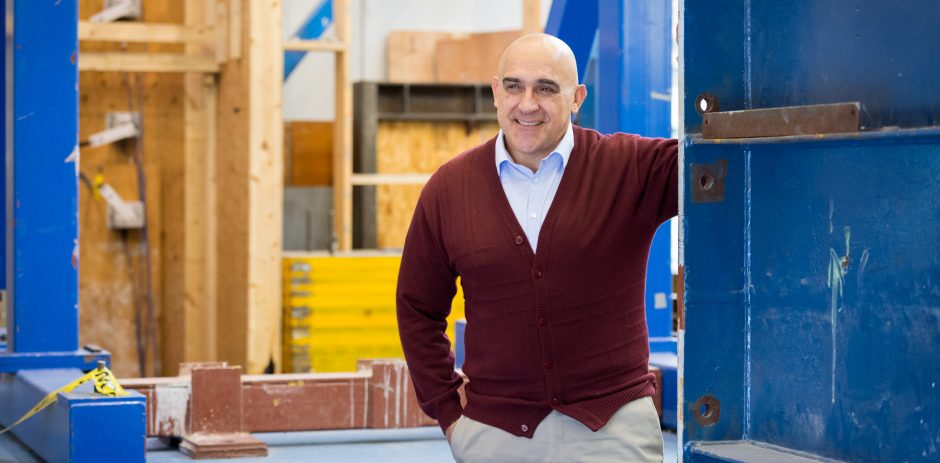
UBC takes great pride to ensure that all students, staff and faculty are safe and well-prepared in the event of an earthquake in British Columbia. One of the largest earthquakes to strike the coast of BC was on June 23, 1946 with a magnitude estimated at 7.3. More recently on October 27, 2012, a 7.7 magnitude earthquake struck the Haida Gwaii region resulting in trigger warnings across north-central BC. The Earthquake Engineering Research Facility (EERF) of UBC, a premier seismic testing laboratory, has been the forefront in conducting research, developing innovative teaching methods, and developing community outreach initiatives that actively reduce or mitigate the risk of injury as a result of a seismic event.
The recent report presented to the UBC Board of Governors on February 12th 2019 analyzes how UBC’s Vancouver campus is equipped in the event of a catastrophic earthquake. Dr. Carlos Ventura, the Director of the Earthquake Engineering Research Facility (EERF), discusses how he and leading earthquake faculty experts and engineering consultants have identified an action plan in all three areas of focus – buildings, utilities and operations. The team of UBC staff developed this 20-year plan by assessing the material properties of 18 buildings classified as high-risk on the Vancouver campus and by creating multiple three-dimensional structural models.
In regards to UBC’s attention towards seismic preparation, Ventura outlines that “this is a professional way to not only understand risk, but look at how to manage it.” He continues to state that “research of this kind is both an art and a science” since a multitude of important key factors and players must always be considered when assessing risk and reduction techniques.
The Seismic Resilience Plan goes beyond just merely outlining the steps to consider when an earthquake occurs. Instead, it breaks down an approach to seismic risk reduction that takes into account the usage of leading international practices in planning and design while also keeping in mind UBC’s existing capital planning process.
For more information on the way to disaster resilience on UBC’s Vancouver campus, check out the original article on UBC News.
